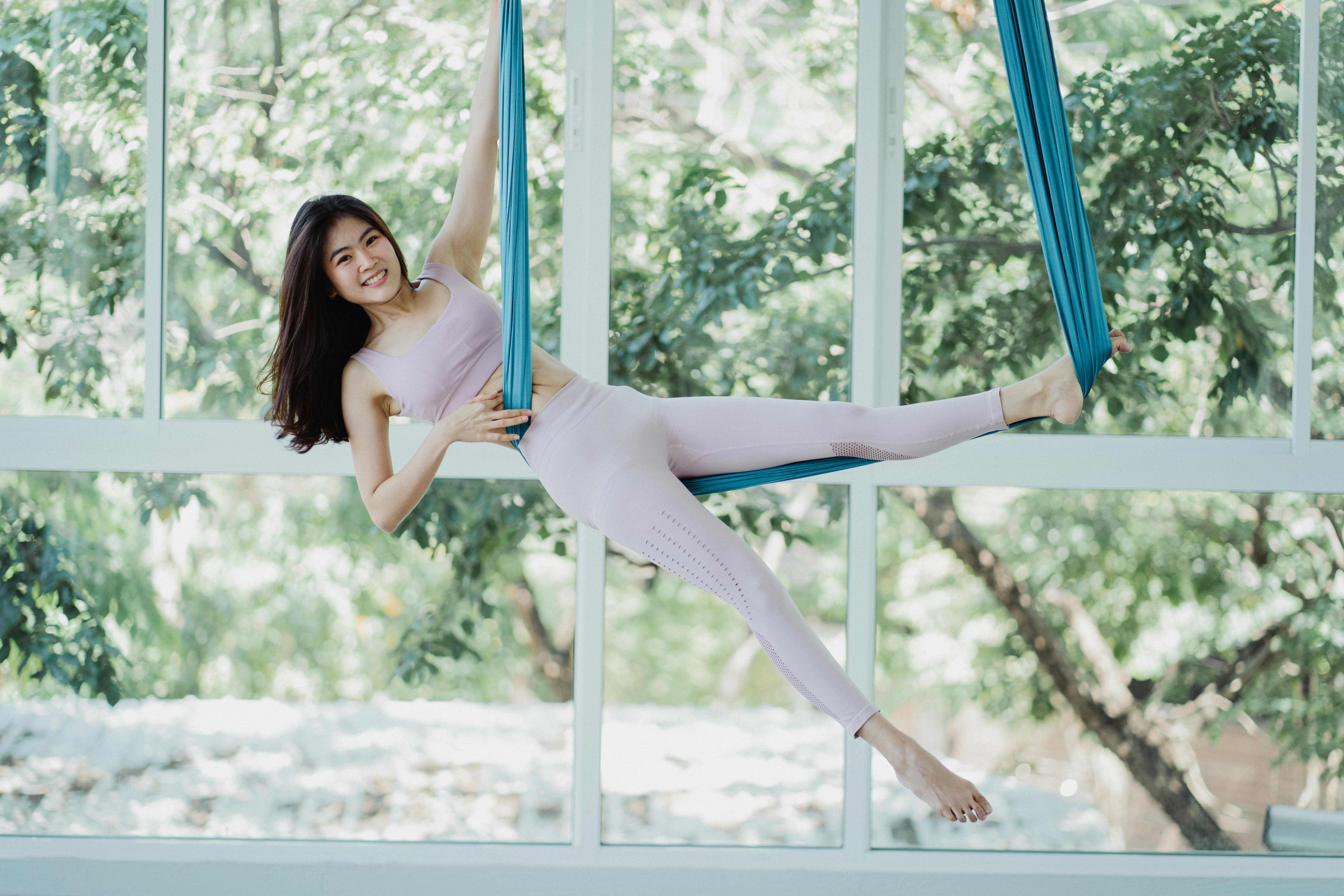
The ironing tricks guide
If you’re like me and you hate ironing but you don’t want your family to look like a mess, what the hell do you do? To get started, try reading these tips below. Even just following a few of them will save you hours of slaving over a hot ironing board.
Choose clothes that do not need as much ironing. Cut back on crisp-looking cotton shirts and sheets as, in my opinion, these are the only items that really need to be ironed. Don’t overload your washing machine and spin your clothes at a slower speed. In this way, the wrinkles will not be so embedded when you take the clothes out of the washing machine.
Use fabric conditioner in your final rinse. Or for a green alternative, add a couple of tablespoons of vinegar. You can also try iron-reducing fabric conditioner for your wash. It can help a little more, but don’t expect miracles.
Take your clothes out of the washing machine as soon as the cycle ends. In this way, the clothes will not pile up in the machine and will not develop more wrinkles. Shake out the garment, reshape it, and smooth out the worst wrinkles while it’s still wet. When you’ve done this, hang them on a clothesline, rotary dryer, or clothesline. Be careful how you hang them so pin marks and fold lines (where the item rolls over the line) are kept to a minimum. Try using soft pegs that leave fewer marks and put items like shirts on hangers, then stick the hanger on the line.
If you use a dryer, don’t overload it and remove your clothes as soon as they’re dry. When you have taken off your clothes, give them a good shake and then hang or fold them immediately.
Try this great tip for removing wrinkles: fill a spray bottle with water and add three tablespoons of regular fabric conditioner. Spray the creases and smooth them with your hands. I can’t claim that this eliminates the need to iron fancy cotton shirts, but it should eliminate the need to iron pure cotton t-shirts, polo shirts and even everyday items.
Try hanging wrinkled items on hangers in the bathroom while taking a hot bath or shower. The hot steam should remove at least most of the wrinkles.
Iron clothes while they are still damp or dampen them before ironing. It is much easier to iron clothes when they are slightly damp. If they’re already dry, spray them with water from a spray bottle (add a few drops of your favorite essential oil if you want them to smell good; lavender works particularly well). To ensure that the moisture spreads throughout the fibres, roll them up and leave them in a plastic bag for a while before you start ironing. Or do what my mom does and roll them up in a clean, damp dish towel.
Choose your iron carefully. Choose a good quality, lightweight, pointed steam iron. Check that the water reservoir looks easy to use and that you are happy with the feel of the iron in your hand. If you can, buy an iron that you can fill with tap water instead of expensive deionized water. Keep your iron clean. To clean the iron plate, sprinkle some common table salt on a sheet of paper and run the hot iron over it. Then use a steam boost to clean the jets. Once the iron has cooled down a bit, wipe the plate clean with a damp cloth and any sticky residue should come off easily. Alternatively, wipe down your hot iron with a damp cloth dipped in baking soda, then wipe away any residue with a soft cloth.
You can descale the deposits on some irons with a 50-50 mix of white vinegar and water. Put the mixture in the tank, heat the iron, turn it off and leave it for a couple of hours before rinsing. Remember to check your manual first, as vinegar can damage some self-cleaning irons. Choose the right ironing board. Experts recommend that you select a wide ironing board with a mesh base and thick padding. Choose a metal sleeve that will help reflect heat and make your ironing more efficient. For a low-cost alternative, place a layer of aluminum foil under your standard ironing board cover. Make sure the cover fits really well. If it’s a bit baggy, invest in some elastic straps: short straps with clips on both ends that attach to the bottom of the ironing board to take it taut.
Iron at the right temperature. Don’t be tempted to iron things at a higher temperature than recommended or press too hard. This can damage the fabric and also make it look shiny. Your garment label should have a symbol that tells you the proper temperature for your iron. An iron symbol with a dot means cool and is suitable for nylon or most synthetic fabrics. An iron symbol with a colon means warm and is suitable for wool, silk, and fabrics made from a mixture of natural and synthetic fibers (eg, polycotton). An iron symbol with three dots means hot and is suitable for fabrics that are 100% cotton or linen. For delicate garments, I recommend ironing inside out or with a clean, slightly damp cloth (a clean white handkerchief should do just fine).
Start ironing items that just need a fresh item. If you have several different types of items to iron, start with the ones that need a lower temperature first, then do the ones that need a higher temperature. This way you will avoid using an iron that is too hot and delicate fabrics.








